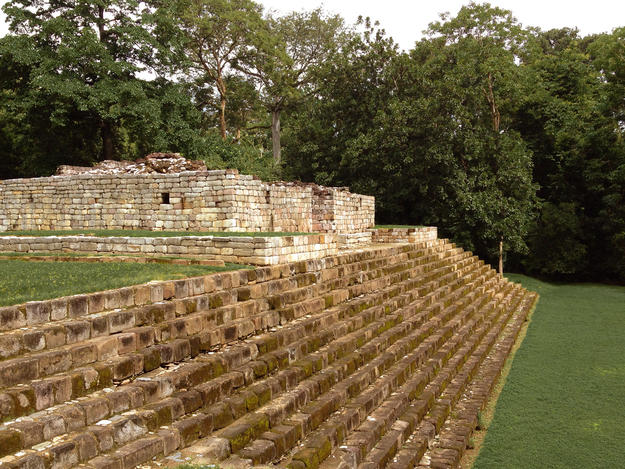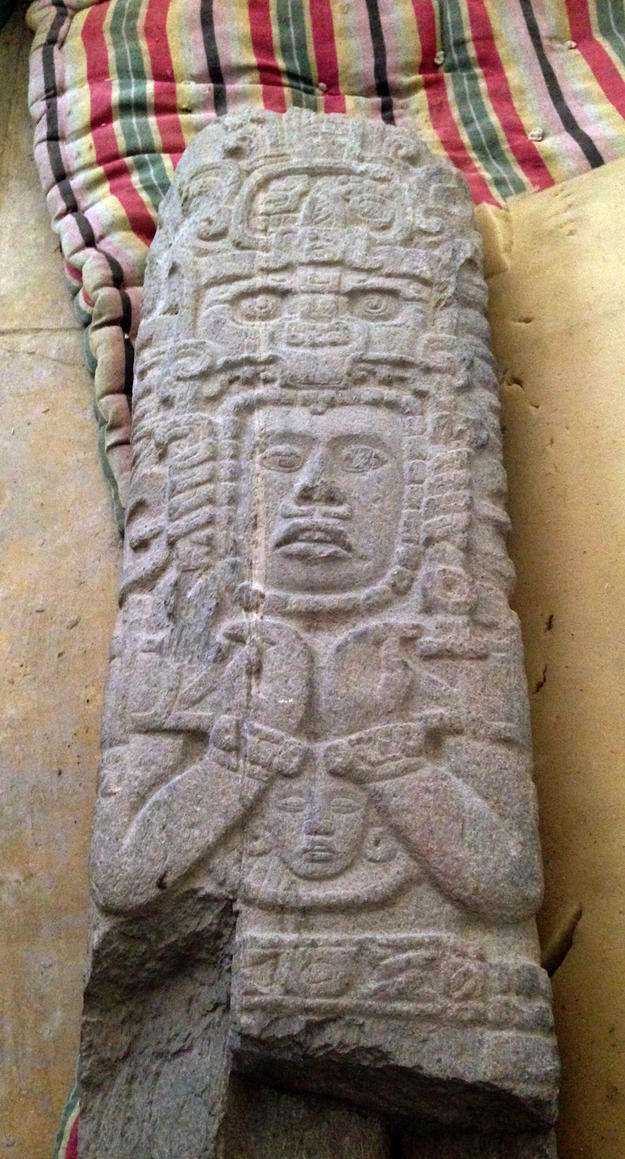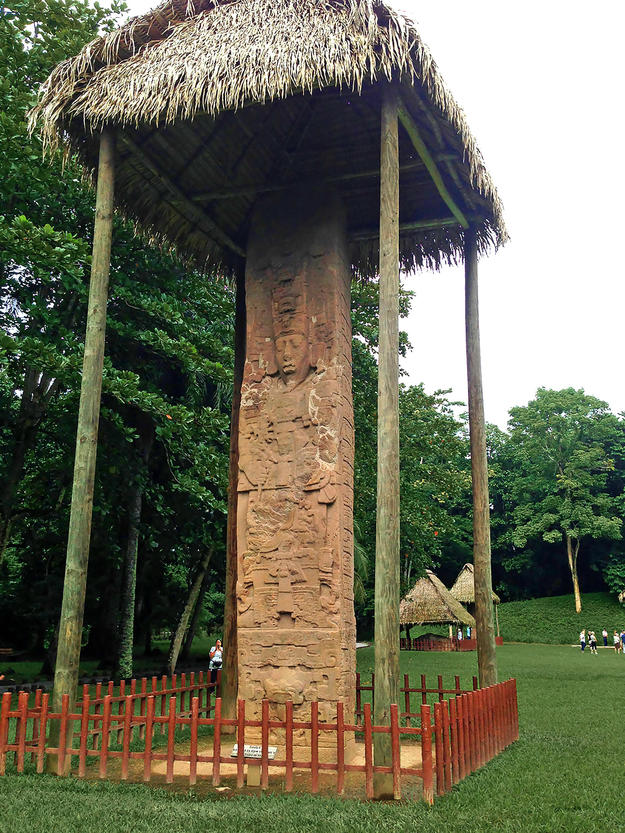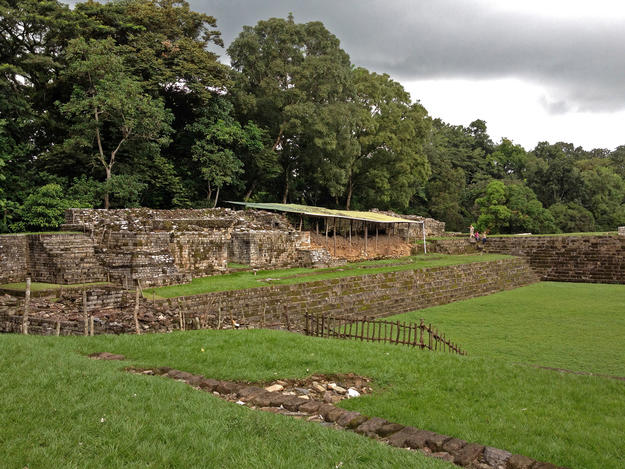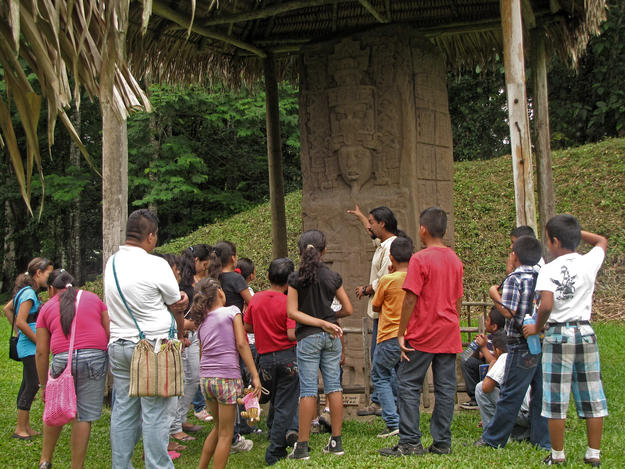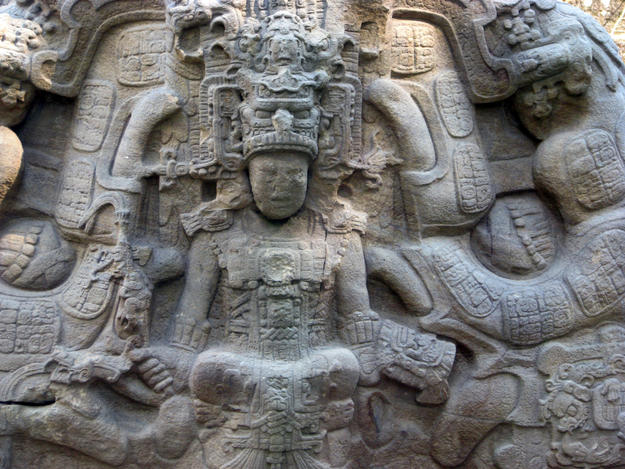Archaeological Park and Ruins of Quiriguá
2012 World Monuments Watch
Located near the Motagua River in Guatemala, Quiriguá is an archaeological site dating to the Classic Maya period. The monumental complex of pyramids, terraces, and stairways echoes a time when the city prospered from trade in jade and obsidian under the rule of K'ak' Tiliw Chan Yopaat, between 724 and 785. Quiriguá is best known for its superb sculptures, including sandstone stelae carved with striking anthropomorphic and zoomorphic figures. The tallest Maya stela ever discovered was found in Quiriguá. For these reasons, the site was inscribed on the UNESCO World Heritage List in 1981.
Nevertheless, Quiriguá faces many conservation challenges, as it is located in a seismic zone, and it is exposed to storms and hurricanes that regularly cause flooding and landslides in the region. Illegal timber cutting and deforestation from agricultural activities have greatly increased the risk of flooding, as more than 70% of the forest cover in the surrounding valley has been lost in recent decades. Damage from a tropical storm in May 2010 forced the temporary closure of the park. In 2012, the Archaeological Park and Ruins of Quiriguá were included on the World Monuments Watch to draw attention to the need for effective planning and protection for the site.
A Management Plan to Ensure the Preservation of the Site
Beginning in 2012, WMF secured funding to develop a risk assessment study at the archaeological park, in collaboration with Guatemala’s Ministry of Culture and Sports. The project led to the development of a systematic process for risk assessment, which can be used to assess archaeological sites facing similar challenges throughout Guatemala. Quiriguá was used as a pilot site for the process, and the work resulted into two publications that outline the analysis and plan, as well as the methodology for risk management. The project concluded in February 2014 with a workshop to train site managers in Guatemala on the risk assessment methodology developed as part of this initiative, and the implementation of emergency risk management measures in Quiriguá.

